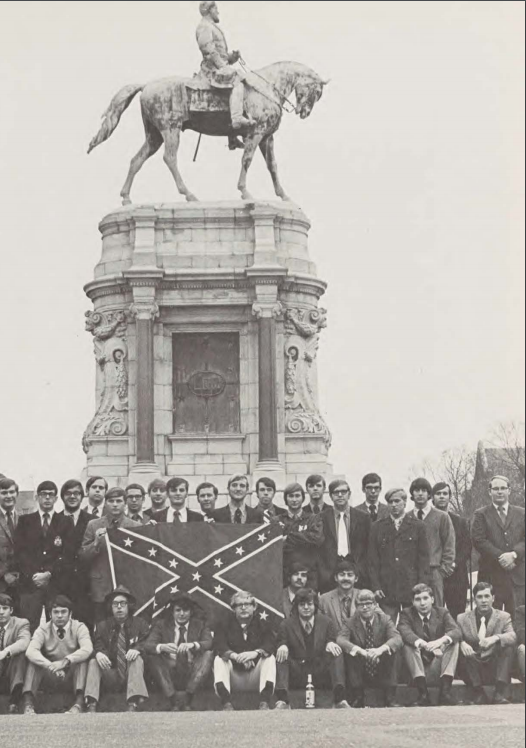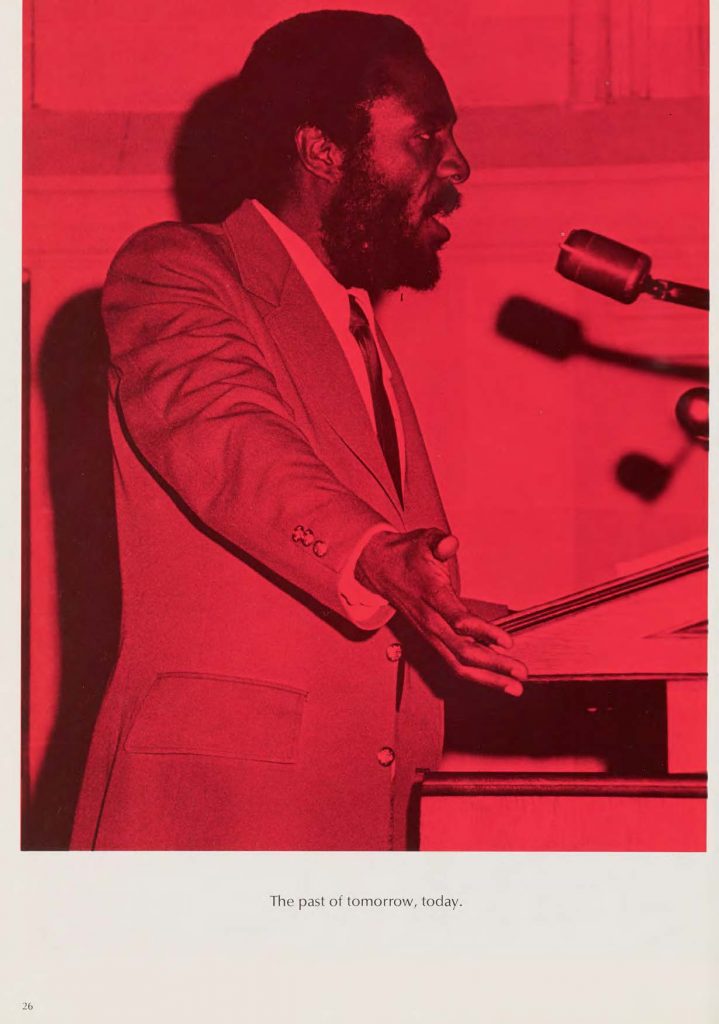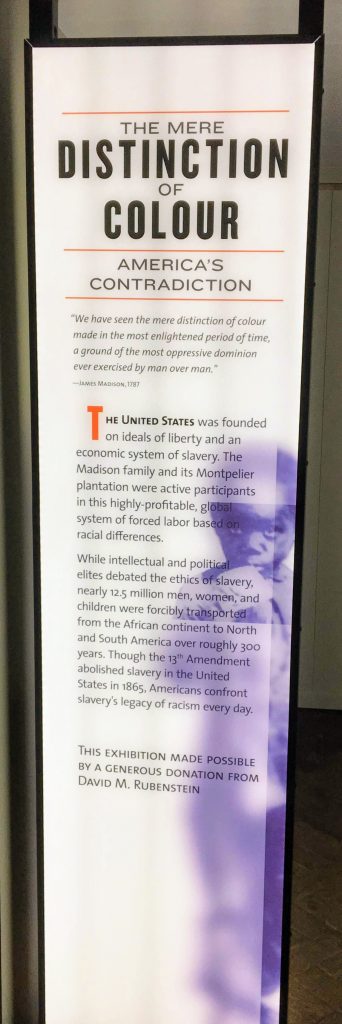Over the course of summer 2018, three A&S Summer Research Fellows conducted research into the University Archives at the Virginia Baptist Historical Society to expand the archival holdings of the Race & Racism Project. At the end of the summer fellowship, each student was tasked with doing a deep-dive research on one topic in order to create a digital exhibit or podcast on the subject.
After going through decades of University of Richmond yearbooks, rising senior Kristi Mukk focused her digital exhibit on acts of racism displayed by university fraternities in the years before, during, and after integration. In her own words:

In both the past and the present, University of Richmond social life has been dominated by Greek life. This exhibit aims to present evidence of racism in fraternities from 1947-1985 that created an exclusionary atmosphere for students of color, particularly black students. Whether it is Confederate flags displayed in Greek lodges, fraternity members in blackface, or culturally appropriative costumes and party themes, fraternities clearly exhibited racist behavior even as the University began to integrate and admit black students to the main campus in 1968. These photos were published in the University of Richmond yearbooks, which normalizes these racist actions and shows how representative they were of the University of Richmond experience. These artifacts bring into question the comfort of public racism at the University as these racist items were published in yearbooks well past the period of integration and into the 1980s.
Click here to check out her exhibit entitled “Racism in UR Fraternities” on memory.richmond.edu




